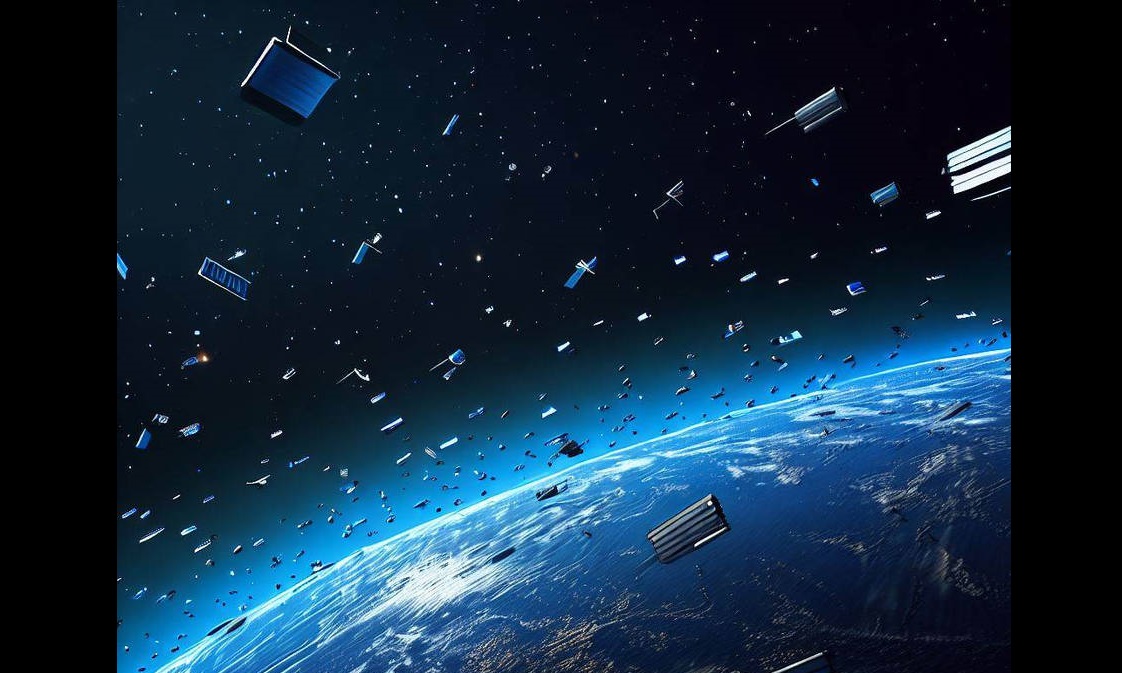WASHINGTON — As the space race intensifies and geopolitical tensions rise, the Pentagon is looking for technologies to enhance its understanding of activities in outer space.
The Space Security and Defense Program (SSDP), a joint initiative of the Department of Defense and the Office of the Director of National Intelligence, on Sept. 11 issued a request for information (RFI) on advanced space domain awareness technologies. The SSDP is responsible for assessing potential threats to U.S. space assets and for gathering insights on technologies for the defense of U.S. systems.
Space domain awareness, or SDA, refers to the capability to monitor and understand the vast array of artificial objects in Earth’s orbit, including satellites and space debris.
The RFI is a formal mechanism used by government agencies to solicit ideas before committing to contracts. Military leaders for years have argued that the increasingly crowded and contested space environment necessitates more sophisticated tools for tracking and analyzing objects in orbit. The RFI specifically seeks “proven and innovative SDA concepts prioritizing support to military operations, surveillance of man-made objects, intelligence gathering, and environmental monitoring.”

The release of the RFI follows pointed remarks from retired Lt. Gen. John Shaw, a former top U.S. Space Command official, who voiced concerns over the U.S. military’s ability to adapt to the changing dynamics of space. Shaw said the current focus remains on basic cataloging of space objects, rather than on more dynamic tracking of elusive targets in unconventional orbits where adversaries might deploy spacecraft to target U.S. satellites.
The SSDP asks for “proven and innovative SDA concepts for use between 2030 and 2040” and is interested in industry capabilities and services available “at the scale and speed to effectively address threats in a dynamic and proliferated environment.”
Companies in the SDA industry rely on a range of advanced technologies to monitor and analyze activities in space.
Ground-based radar, optical, and infrared sensors are used to track the movements of satellites, debris, and other objects, while space-based sensors provide additional monitoring capabilities. These sensors collect vast amounts of data, which is then processed using artificial intelligence (AI) and machine learning algorithms. By analyzing historical data, these tools can predict future movements of space objects, enabling the detection of potential collisions or other hazards.
Additionally, companies use sensor fusion techniques, combining data from multiple sensors to create a more detailed and comprehensive understanding of the space environment.
Related
Read the original article here
